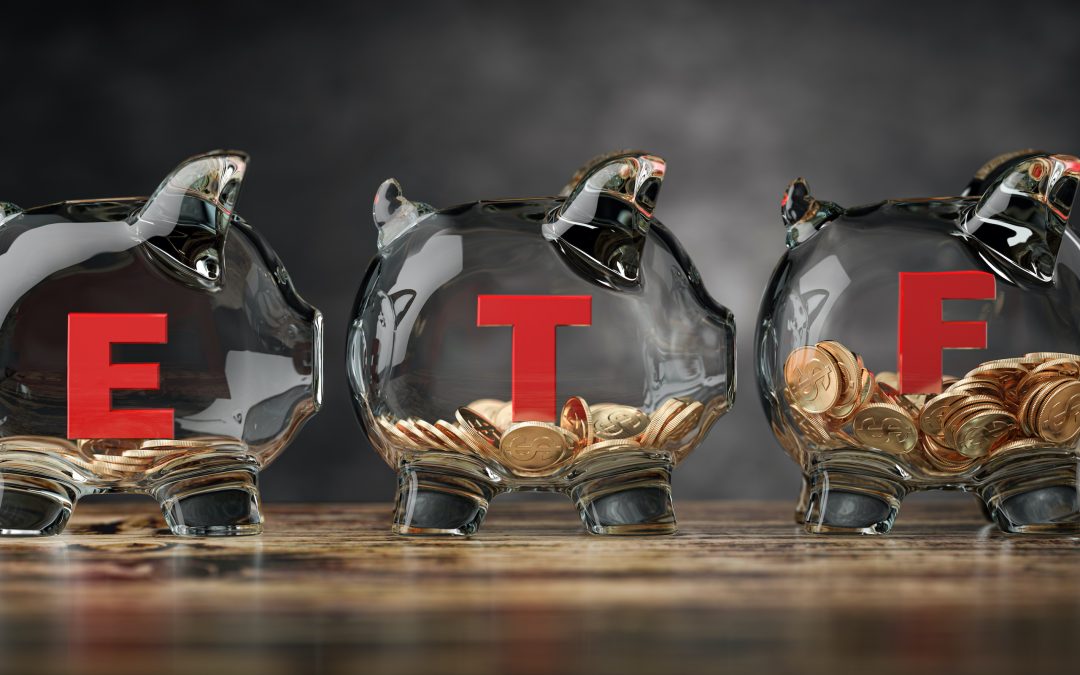The popularity of exchange traded funds (ETFs) has certainly soared in the past few years. With so many investment options, it may be time to understand them a bit better.
Bought and sold via a stock exchange, ETFs diversify your investment dollars into a portfolio of stocks, rather than focusing on one single asset or share. When it comes to fixed-interest ETFs, the aim of the fund is to match the performance, in terms of price and yield, of the underlying index.
Generally though, a fixed-interest option provides investors with a more reliable income stream and less price volatility than asset classes such as shares, by distributing the income earned on a quarterly basis.
Other benefits include:
- Diversification – risk is reduced because the ETF tracks the performance of the portfolio, spreading your money across a number of companies that form the index rather than a single company.
- Cost-effectiveness – ETFs are designed to be low cost so a greater proportion of your money will earn an income. Some also have lower management fees.
- Flexibility – because ETFs trade on the stock market, you can buy and sell at any time, as opposed to waiting until a term deposit has reached maturity to avoid penalty.
Of course, there are also some disadvantages including the fact that an ETF will never exactly match the index, meaning your buy and sell prices may vary, reducing your return. If your ETF of choice is an overseas investment, currency risk and fluctuations of the Australian dollar can also be a disadvantage. Finally, like all investments, ETFs are not immune to market volatility.
Risks specific to fixed-interest ETFs include:
- Credit risk – the issuer of the bonds may fail to pay interest and principal which is why government bonds traditionally tend to be classified as lower credit risk.
- Distribution risk – ETFs are reliant on the income from underlying holdings which means there’s no guarantee a distribution will be paid.
- Tax risk – always investigate what the tax implications are.
- Interest rate movements – falling interest rates may lead to a decline in income, however, a rise in interest rates may mean the price of the bonds falls.
Why the sudden interest?
While ETFs have long been a staple, they’re increasingly starting to take their place on the investment stage. Why? Because they’re transparent, easy to use and a one-stop-shop for investors of any age.
More than this though, there have been global events that have caused investment fret about slowing global growth, especially in the bonds market. This includes US-China trade tensions and interest rate cuts. Fixed-interest ETFs such as the Vanguard Australian and the iShares Core Composite Bond ETF have seen higher returns in the past year than many have seen since inception. The question is, will this continue?
While ETFs are enjoying their time in the spotlight, any investor, no matter how experienced needs to do their research. Investigate the ETF carefully and give us a call when you’re ready to take the plunge. We’ll walk you through the process step-by-step.


Recent Comments